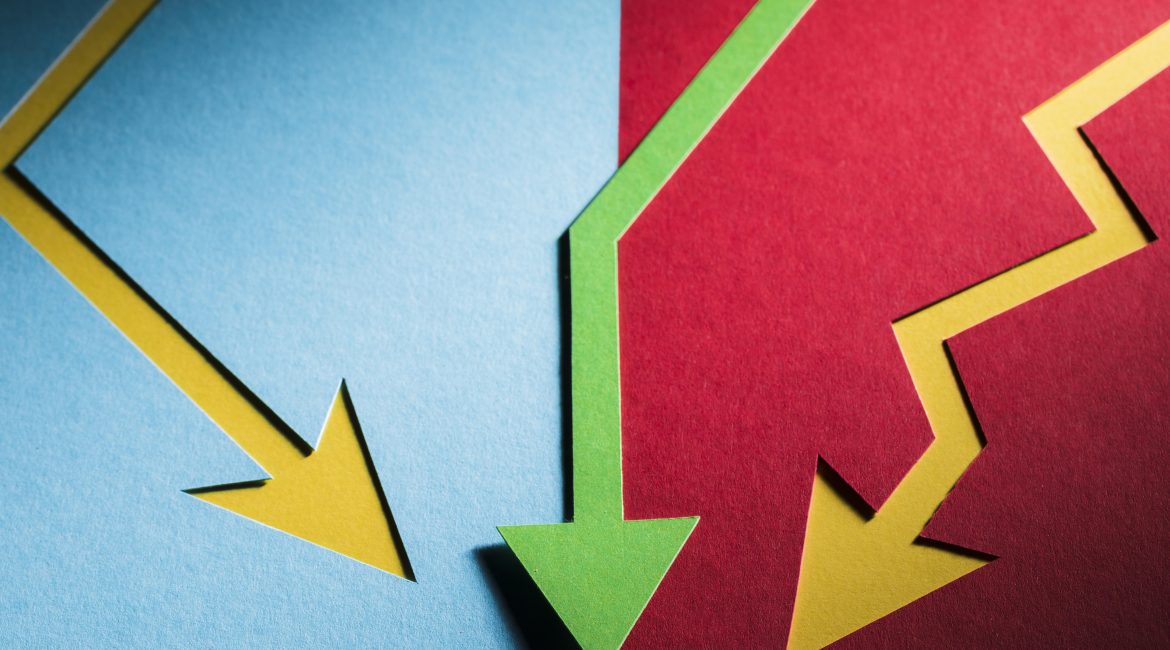After the recent Israeli attack on Tehran and other cities, Iran will either begin the difficult path of political settlement, or accelerate the path of producing nuclear weapons.
Iran knows that the Israeli strikes have dropped the third and final red line behind which it had been entrenched. The regime has built a reputation for being itself a red line, with its air defenses, missile program, and devastating counter-attack capabilities. They have convinced themselves and the world that daring to attack them as Israel did would set the Middle East on fire. But after the Israeli attack, striking Iran is now just one option among many that Israel has.
The other two red lines that have fallen since October 7, 2023 are: 1- Regional militias - most notably Hezbollah and Hamas; 2- The missile arsenal with its various sizes and different explosive capabilities.
It is obvious that Israel's strikes and ongoing operations in Gaza and Lebanon have scatter the effectiveness of Iran's two most prominent proxies in the region, while the two Iranian missile attacks on Israel have revealed Israel's ability to effectively counter them.
It is not clear whether Iran will choose a political settlement or accelerate its nuclear program. While it is confident that the latter option will inevitably lead to an extreme conflict, it is not confident that the first will actually provide it with a viable path to recalibrating its policies without undermining the regime’s domestic legitimacy and fueling unrest against it.
The seriousness of Iran’s options increases in light of the uncertain perspective regarding the post-Khamenei era, and in light of the absence of two major candidates for the regime’s future, namely the General Qassem Soleimani, commander of the “Quds Force,” who was assassinated in Baghdad in January 2020, and the President Ebrahim Raisi, who died in a helicopter crash in May 2024.
Instead, analysts in several capitals are betting on the emergence of Mojtaba Khamenei, the son of the Supreme Leader, as a potential architect of this transformation.
Mojtaba Khamenei’s gradual rise has allowed him to build an influential position in the regime’s equation. He is known for his strong ties to the Iranian Revolutionary Guard, and has strategic influence behind the scenes, in addition to his involvement in managing huge Iranian wealth under his father’s guardianship, estimated at between $100 and $200 billion, according to various reports.
Mojtaba is characterized by a solid loyalty to the ideological core of the regime, and on the other hand, he has a pragmatic understanding of geopolitical reality. His role emerged after Raisi’s death in conveying the current president, Masoud Pezeshkian, and fostering the signals of transformation that he expresses.
Mojtaba’s influence within the IRGC makes him a stabilizing figure for the regime, strengthening its negotiating position for leading the settlement process at home and in the region. His good relations with military and security leaders give him the credibility needed to ensure that any shift in the aforementioned direction is accepted by Iran’s hard-line base. As the son of the Supreme Leader, Mojtaba is a symbol of the ideological continuity of the revolutionary regime, which could allow him to acquire special powers to carry out selective reforms that ensure the regime’s adaptation and continuity.
Moreover, Mojtaba, 55, is one of the younger political generations in an aging regime, which theoretically gives him greater flexibility and ability to understand Iran’s internal pressures and the consequences of its international isolation, and helps him win the support of an entire generation frustrated by Iran’s stagnation.
However, Iranians’ sensitivities toward the hereditary monarchy that the revolution overthrew could reinforce popular resentment of Mojtaba’s rise to power. Many Iranians also view Mojtaba as part of the ruling elite, raising doubts about his commitment to real change and thus paving the way for harming the country’s fragile stability. Mojtaba’s reputation as a hardliner close to the policies of the IRGC limits his appeal as a symbol of compromise, especially since his association with the Guards arouses feelings of distrust among a large segment of reformist Iranians, as well as among the military and clergy.
Faced with difficult choices, the regime may resort to repairing its conventional defenses by rebuilding proxy networks, enhancing ballistic capabilities, or improving air defenses. But all of these are temporary solutions that have proven to be ineffective in practice, and their high material costs are something that Iran can hardly afford under harsh sanctions.

